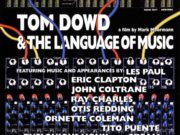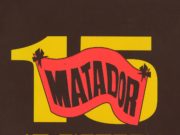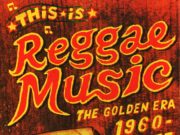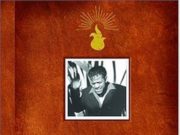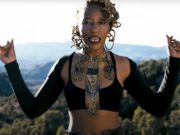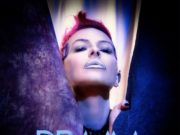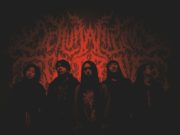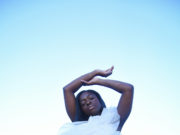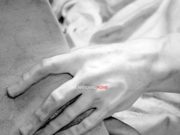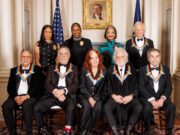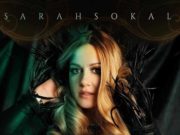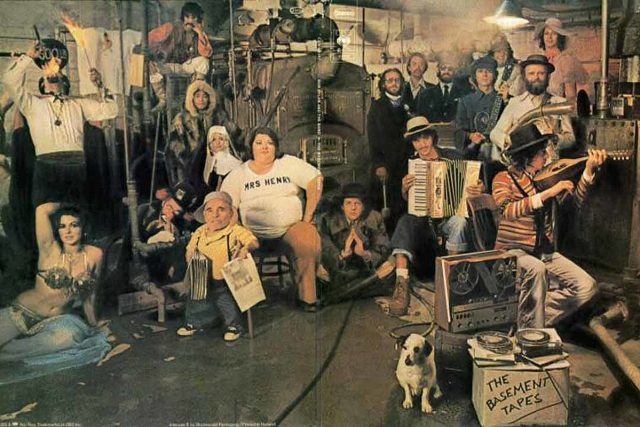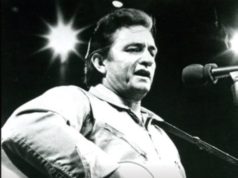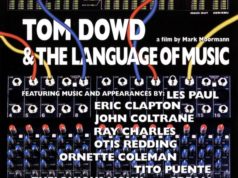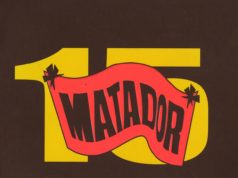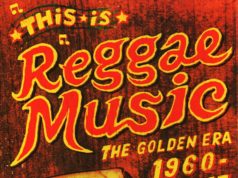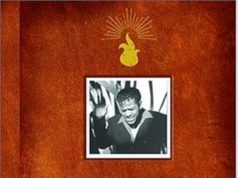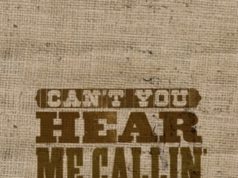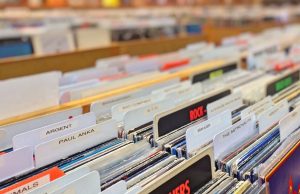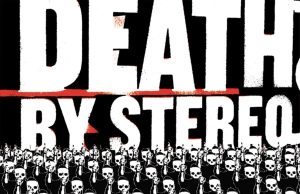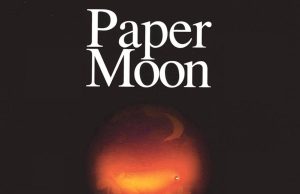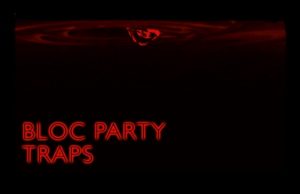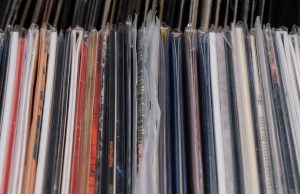 I’m in the basement, mixing up the Resident … I’ve done seven full-length albums in my basement — including most of my latest release Polycanard, which comes out next week. The albums are mixed, mastered and overdubs added at my pal’s professional studio — but the bed tracks and vocals are all done on an old iMac next to the litter box.
I’m in the basement, mixing up the Resident … I’ve done seven full-length albums in my basement — including most of my latest release Polycanard, which comes out next week. The albums are mixed, mastered and overdubs added at my pal’s professional studio — but the bed tracks and vocals are all done on an old iMac next to the litter box.
They don’t sound like DIY, lo-fi recordings. Not that I have anything against that — I’m a huge fan of classic Guided By Voices, early Sebadoh, Daniel Johnston, R. Stevie Moore and the like. But I got to thinking about just how many of the albums in my collection were recorded at home.
I left out some of the obvious ones, like those classic GBV albums up to Mag Earwhig!, the Weed Forestin’-era Sebadoh and Sentridoh, For Emma, Forever Ago by Bon Iver, Nebraska by Bruce Springsteen and Exile On Main Street. That last one was technically recorded at Keith Richard’s French mansion, but it was done using The Rolling Stones’ mobile unit, so it doesn’t really count. The Stones’ mobile was also used for Machine Head by Deep Purple and Led Zeppelin III. Likewise, Prince had an amazing home studio. As did George Harrison. Same goes for Eddie Van Halen, who first put his 5150 studio to use for Van Halen’s 1984 album.
But I will include Moody Blue by Elvis Presley. The King’s last album was partially recorded at home using a mobile system and running the wires in through the doors and windows of Graceland. The title track was recorded in February 1976 in the Jungle Room. The liner notes tell you which songs were recorded in a studio, and which ones weren’t. Moody Blue took 10 takes — it was the first of three songs recorded in a single night.
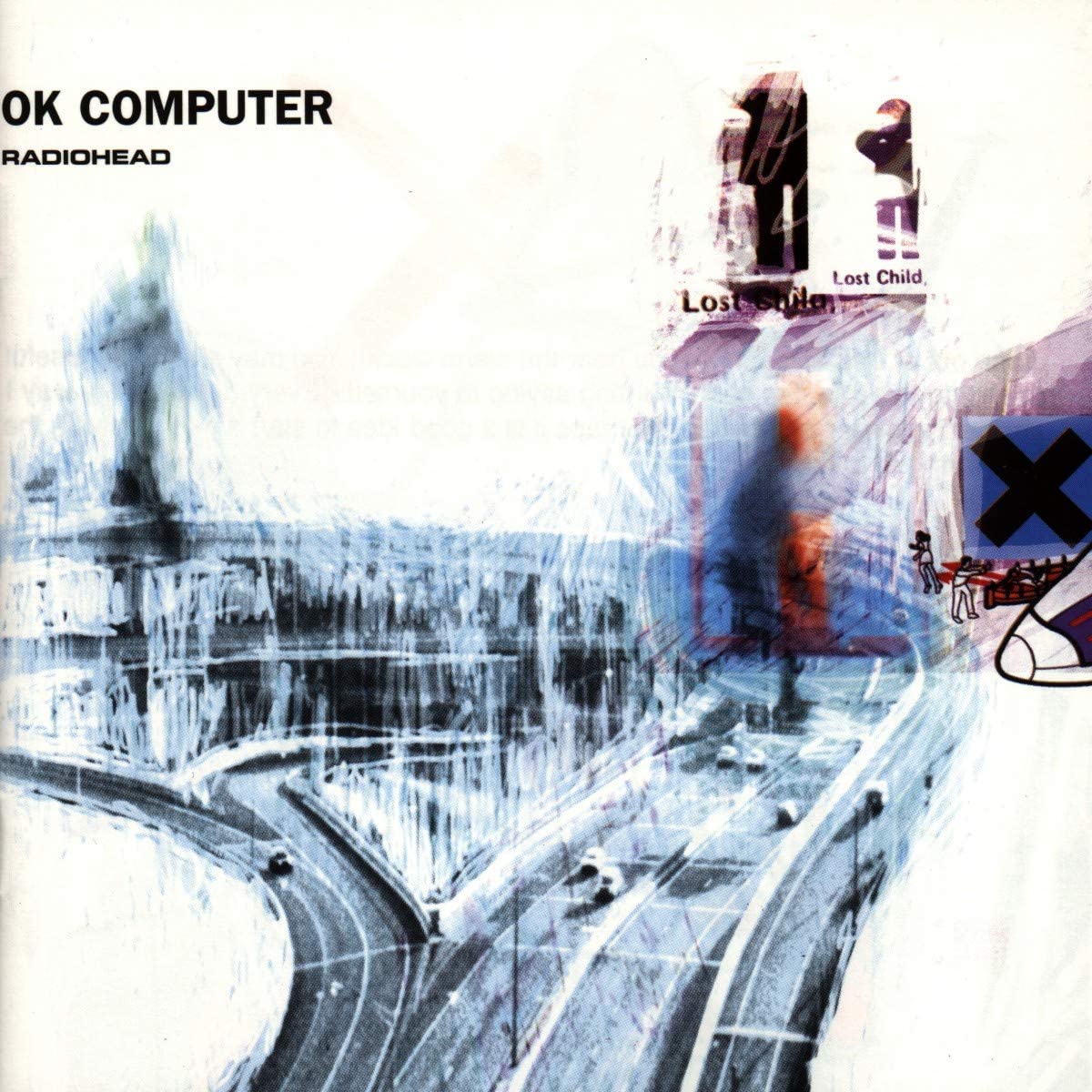
Mansions seem to be a thing — Exile, Moody Blue, and also OK Computer by Radiohead. The band and producer Nigel Godrich rented a Tudor manor in Bath, England. Alice Cooper’s 1973 album Billion Dollar Babies began in a Connecticut mansion called the Galesi Estate. They did some vocal takes in the greenhouse. There’s another cool one. The Red Hot Chili Peppers and Rick Rubin used his house for the recording of the way-too-long Blood Sugar Sex Magik. The house, actually known as The Mansion, is often associated with Houdini, but was actually owned by movie star Errol Flynn. Peppers drummer Chad Smith refused to stay there because he insisted the place was haunted. The album was the first of many to be recorded there and is now considered a studio, but at the time it was just Rubin’s house.
Speaking of haunted, Trent Reznor recorded two Nine Inch Nails albums — the Broken EP and LP The Downward Spiral — at his rented home. Why haunted? Well, it’s the same home where members of the Manson Family murdered actress Sharon Tate and four others in 1969. Tate, who shared the home with husband Roman Polanski, was nearly nine months pregnant. The word PIG was written on the wall in her blood. Reznor named his home studio Le Pig and stayed there 18 months. He said the first night was “terrifying” and eventually rethought the situation after a chance confrontation with Tate’s sister made him cry.
Emitt Rhodes recorded his self-titled 1970 album on a four-track machine he set up in a makeshift studio in his home. There’s no reference to this in the album’s liner notes because at the time, major-label releases had to be done in proper studios. However, first presses of the record had the words “RECORDED AT HOME” etched into the runout groove dead wax.
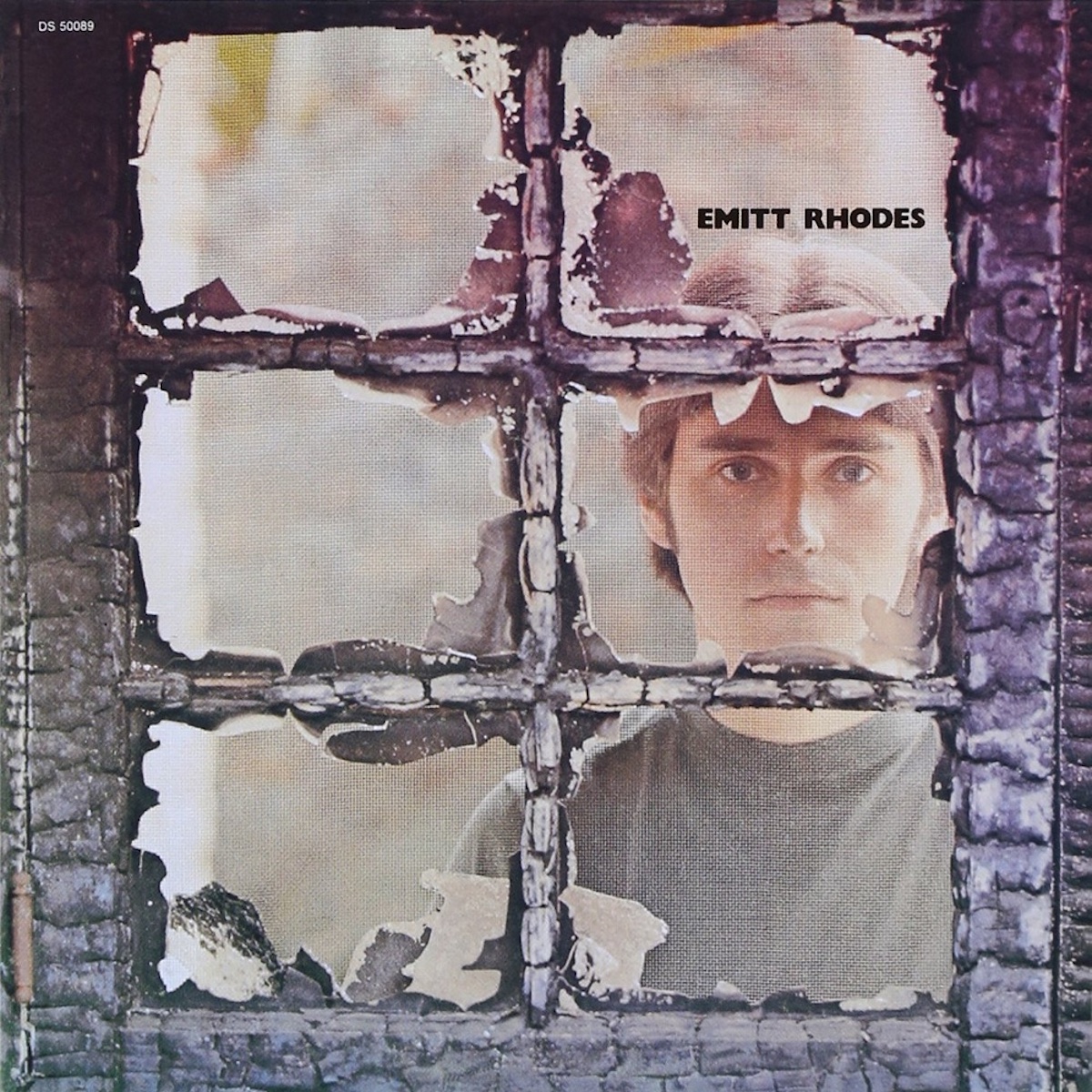
The titular at-home album has to be The Basement Tapes by Bob Dylan and The Band. I have the complete box set — not just the original 1975 album, released eight years after the material was recorded. In fact, The Basement Tapes was recorded at two homes — Dylan’s in Woodstock as well as the Big Pink house in West Saugerties, N.Y. This was done between the release of Blonde On Blonde and John Wesley Harding, as Dylan supposedly recovered from a serious motorcycle crash.
Conversely, Music From Big Pink by The Band — for which Dylan did the cover art — isn’t an at-home recording. The music was written and rehearsed there, but recorded in three different studios in Manhattan and Los Angeles.
Back in 2009, the Owl City (aka Adam Young) song Fireflies was constantly emanating from my older daughter’s bedroom. A huge hit. The song and the album, which is called Of June, was recorded in the basement of Young’s parents’ house. He then uploaded it to MySpace and the rest is history. Weird, that’s not how it went when I uploaded my music to MySpace — though I think Tom liked it.
In 2011, Dave Grohl wanted the new Foo Fighters album Wasting Light not to have a digital feel. So he had the band come and record in the garage of his Encino home — using only analog equipment. Punch-ins and edits aren’t so easy with tape, so the band spent a great deal of time rehearsing before laying down the tracks — done in a reunion with Nevermind producer Butch Vig.
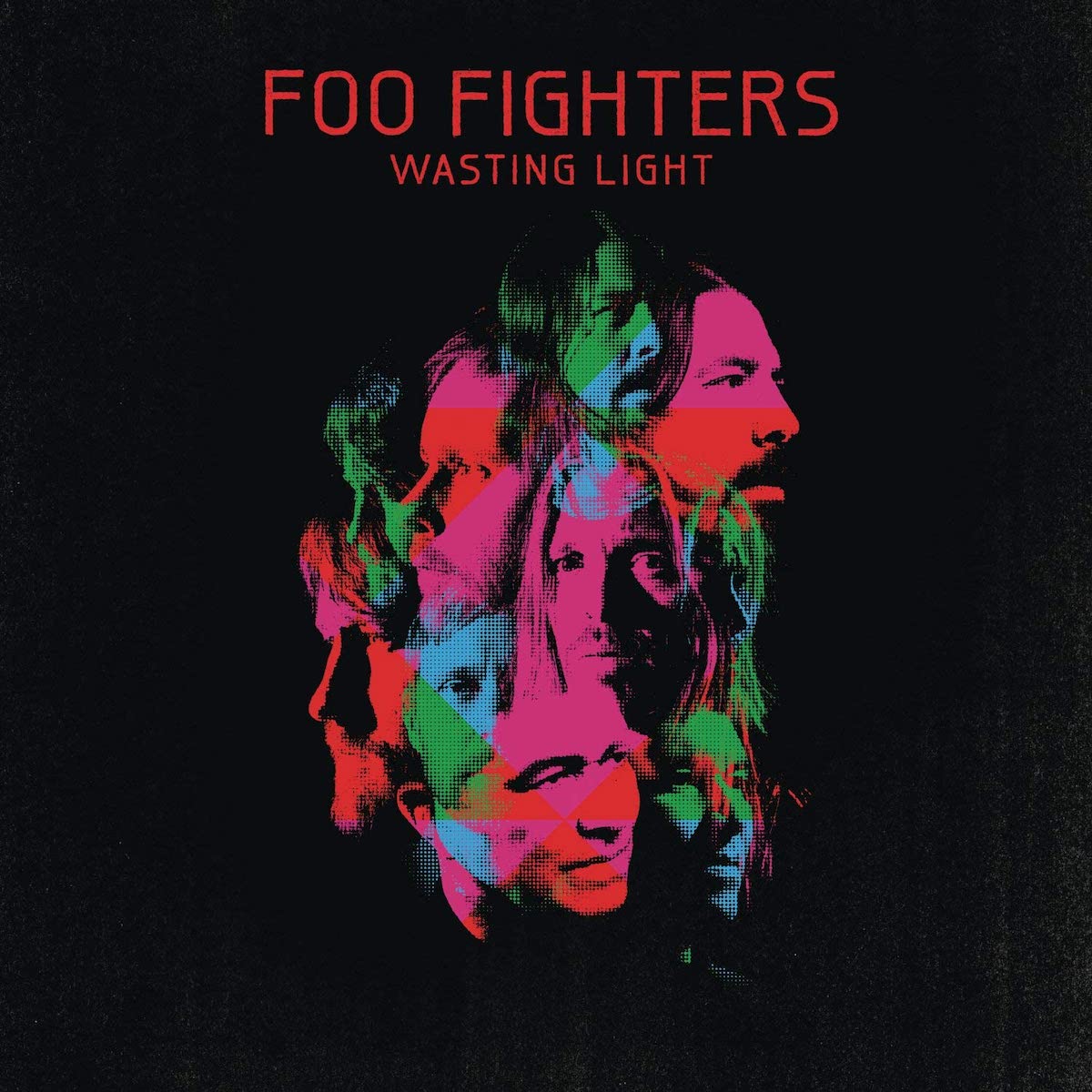
Paul McCartney‘s first solo album McCartney was recorded at home all by himself, with overdubs added later in studio. He also did both McCartney II and III this way. John Lennon did quite a bit of the 1971 album Imagine at his home studio Ascot Sound at Tittenhurst Park. Similarly, parts of Neil Young’s After The Gold Rush were recorded in his basement, dubbed Redwood Studios. Billy Idol recorded his 1993 electronic album Cyberpunk at home during the L.A. riots after setting up Pro Tools on his new Mac.
Finally, Billie Eilish’s fantastic sophomore album Happier Than Ever was recorded at her brother Finneas’s home studio. He’s a musician, so it’s a proper studio and probably shouldn’t count. But it’s here because her record company had zero involvement and the studio is technically in the basement of the L.A. home.
No word on whether or not there’s a litter box down there.
• • •
Area Resident is an Ottawa-based journalist, recording artist, music collector and re-seller. Hear (and buy) his music on Bandcamp, email him HERE, follow him on Instagram and check him out on Discogs.



